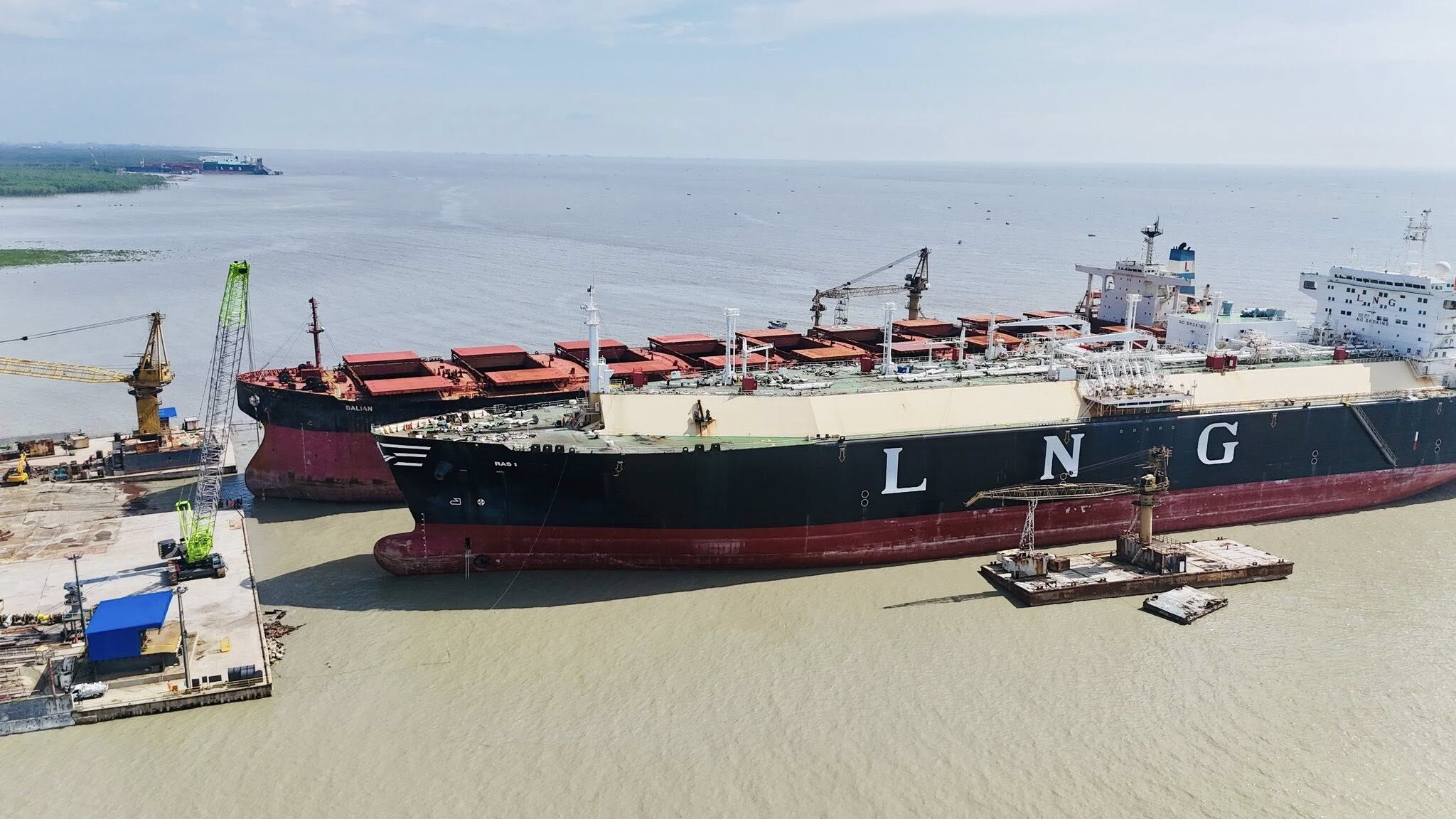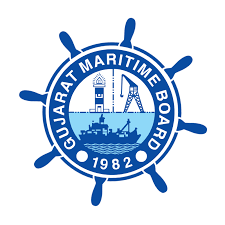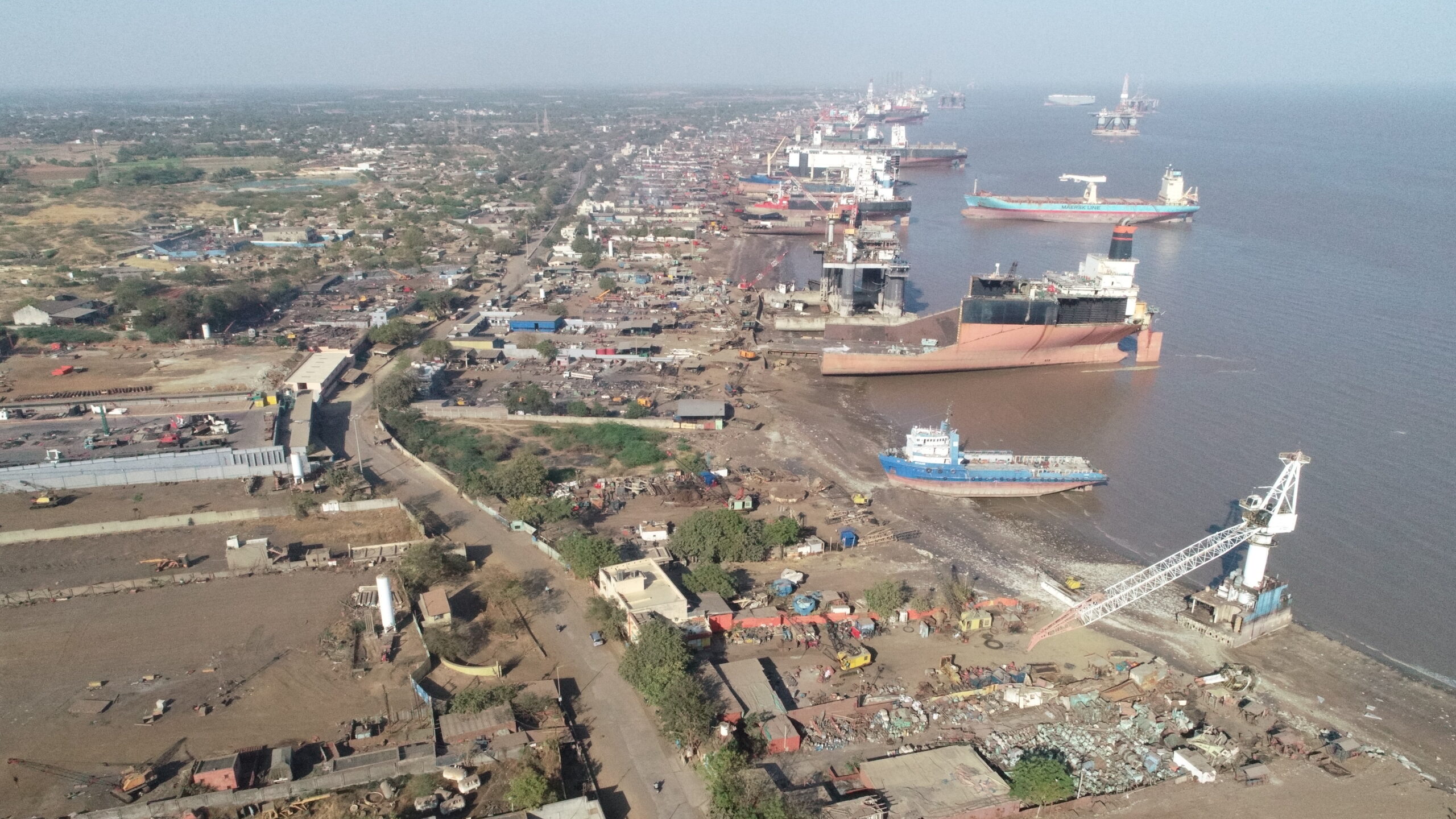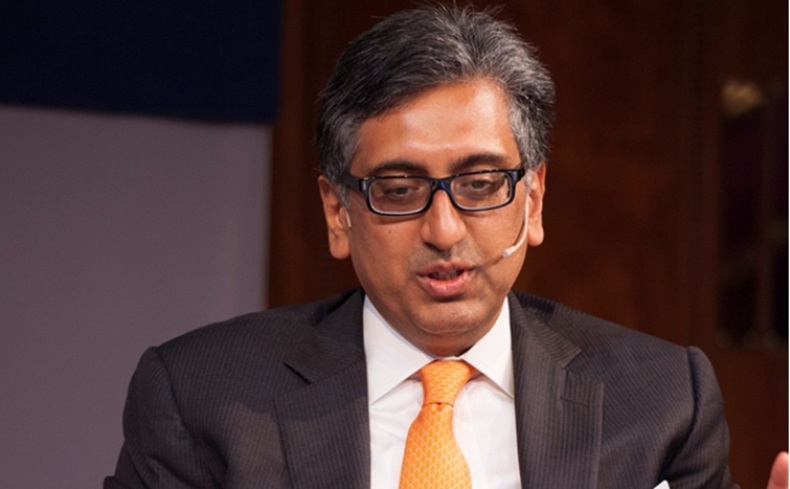Anchoring at Bhavnagar Port Presents Challenges
Bhavnagar, Gujarat – July 23, 2024 – Concerns are mounting over the safety of anchoring at Bhavnagar Port and its designated anchorage area. Reports of ships dragging anchors, particularly during high tides, have raised questions about the suitability of the seabed for safe anchoring.
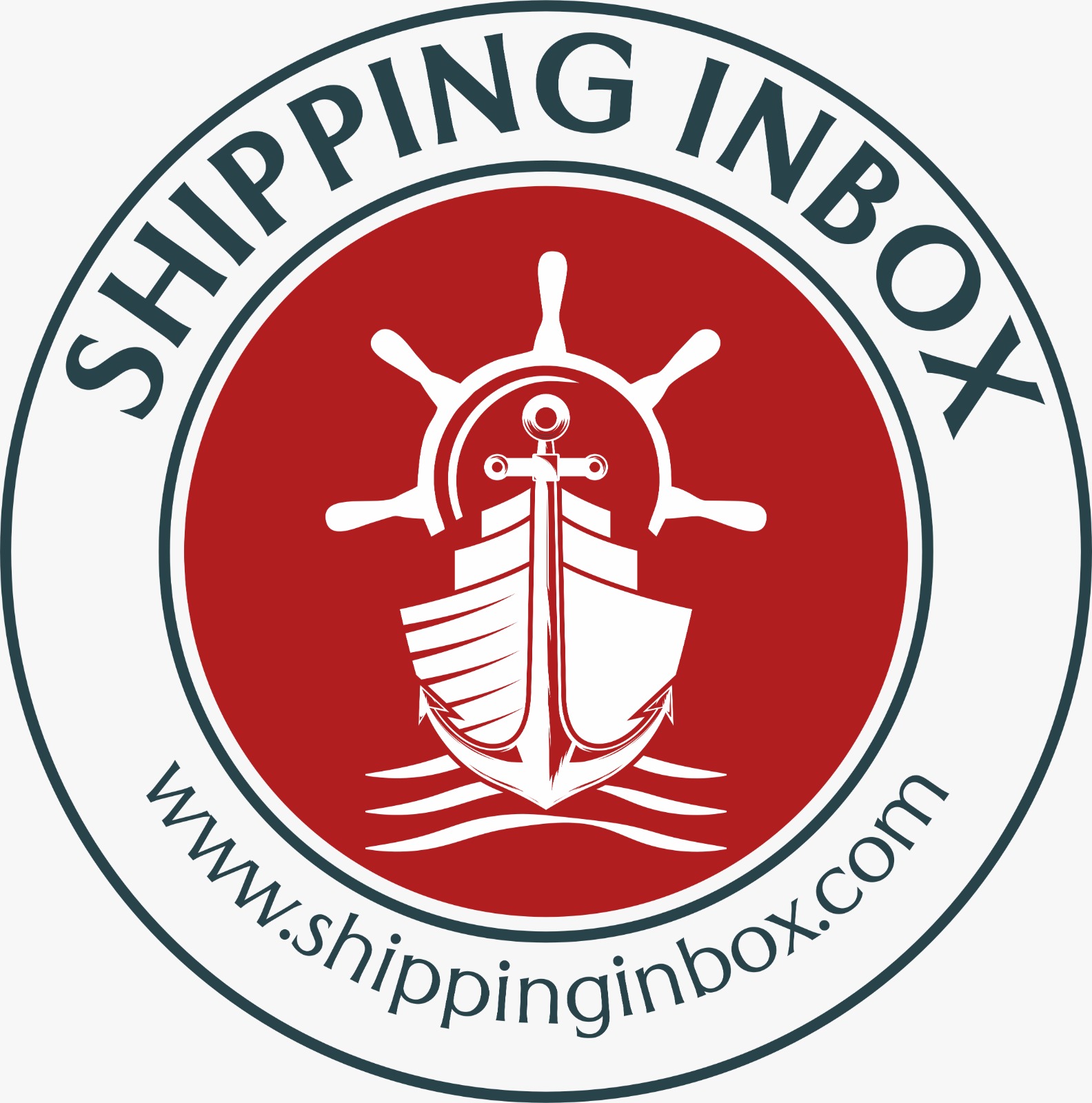
The Bhavnagar Port, a vital hub for cargo movement on the Gujarat coast, relies heavily on ships anchoring offshore before loading or unloading cargo. However, recent incidents have cast a shadow on the safety of this routine practice.
According to maritime sources, several ships have experienced anchor drag during their stay at the Bhavnagar anchorage. This occurs when the anchor fails to hold the ship in position due to insufficient seabed penetration or strong currents.
“There have been a few close calls lately,” confided a captain who frequents Bhavnagar Port on condition of anonymity. “During high tides, the current can get quite aggressive, and if the anchor doesn’t hold, it can lead to a serious situation.”
The potential consequences of anchor drag are significant. A drifting ship poses a collision risk to other vessels in the vicinity. It can also ground on nearby shoals, causing environmental damage and potential oil spills.
Underwater Currents and Seabed Composition Blamed
Experts point to two primary factors contributing to the anchoring difficulties at Bhavnagar. The first is the presence of strong underwater currents, particularly during high tides. These currents can exert significant force on a ship’s anchor, exceeding its holding capacity.
The second factor is the composition of the seabed at the designated anchorage. Ideally, the seabed should be composed of a mixture of sand and clay, which offers good penetration for anchors. However, there are concerns that the seabed at Bhavnagar anchorage might be too sandy or silty, offering insufficient holding power.
GUJARAT MARITIME BOARD Must Act, Say Industry Experts
Maritime industry stakeholders are urging the Gujarat Maritime Board (GMB) to take immediate action to address these concerns. This could involve:
- Conducting a comprehensive seabed survey: A detailed survey of the seabed at the designated anchorage is crucial. This will provide valuable information about the composition and suitability of the seabed for anchoring.
- Identifying alternative anchorage sites: If the current anchorage is deemed unsuitable, the BPA might need to explore alternative locations with a more favourable seabed composition.
- Issuing stricter anchoring guidelines: The BPA could implement stricter anchoring guidelines for ships calling at Bhavnagar Port. This might include specifying heavier or larger anchors for specific ship sizes or weather conditions.
- Investing in stronger mooring infrastructure: While anchoring is the primary method for ships to wait offshore, some ports utilize mooring buoys for added security. The BPA could consider exploring the feasibility of installing mooring buoys at the anchorage, particularly for larger vessels.
Local Fishing Community Expresses Concerns
The anchoring issues at Bhavnagar Port have also raised concerns among the local fishing community. They fear that drifting ships could damage their fishing gear or disrupt traditional fishing grounds.
“We’ve seen ships come worryingly close to our fishing zones lately,” said a local fisherman, Mahesh Patel. “If an anchor drags, it could destroy our nets and livelihoods.”
BPA Responds: “Safety is Our Top Priority”
In response to these concerns, the Bhavnagar Port Authority issued a statement. The BPA emphasized its commitment to safety and stated that it is actively investigating the reports of anchor drag.
The statement further mentioned that the BPA is in consultation with maritime experts to assess the situation and explore potential solutions.
“The safety of vessels, crew, and the environment is our top priority,” the BPA said in its statement. “We are taking these reports seriously and are committed to finding a solution that ensures safe anchoring at Bhavnagar Port.”
The Road Ahead
The anchoring situation at Bhavnagar Port requires immediate attention from the BPA. A thorough investigation, coupled with the implementation of appropriate solutions, is essential to ensure the continued safe and efficient operation of the port.
Stakeholders across the maritime industry, including shipping companies, port users, and the local fishing community, will be keenly watching the BPA’s response. As Bhavnagar Port plays a vital role in India’s maritime trade, addressing these anchoring concerns is crucial for the safety of ships, crew, and the environment.
Author: shipping inbox
shipping and maritime related web portal




